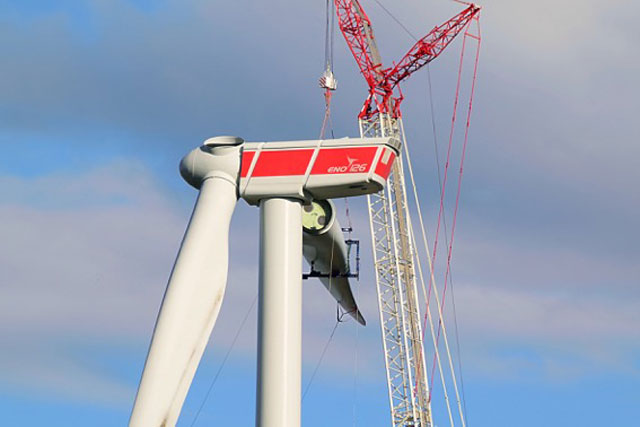
By Denis Hogan, performance and special projects manager at the Lifting Equipment Engineers Association (LEEA).
As the wind energy sector expands, so does its requirement for lifting equipment, for which this relatively new industry sets several challenges. Working with lifting equipment must be carried out with safety as the priority, because working at height in any application exposes people to risk. But in the wind energy sector a harsh environment is often added into the equation. This compounds the costs of maintenance in a sector where uptime is already a priority to maintain energy generation. So downtime must be minimised to enhance safety and efficiency.
Two key pieces of legislation apply to all lifting equipment and accessories that may be used in the wind energy sector in Europe. The Machinery Directive polices the market in the first instance; then, when the equipment is in service, the Work Equipment Directive applies to servicing, maintenance, repair, and the “thorough examinations” required periodically.

Given that the lifting equipment is fit for the intended purpose, having a regular maintenance programme is crucial because of the environment in which will operate – even onshore the equipment can be subjected to highly corrosive atmospheres. A regular programme of maintenance is needed, not just to identify repairs but also to maintain equipment in good working order. In addition, the equipment needs to be thoroughly examined according to the appropriate regulations.
As mentioned this means primarily the Work Equipment Directive, but it is important to follow the subtle differences of the regulations of the country in which the equipment is operated. In the UK this means LOLER (The Lifting Operations and Lifting Equipment Regulations 1998), and PUWER (Provision and Use of Work Equipment Regulations 1998).
When designing a programme for maintenance, it is vital that the risks and the conditions involved and the operating environment are taken into consideration. The programme for thorough examinations may need to be at a greater frequency than is required by the Work Equipment Directive, as is the case in UK. A greater frequency reduces the risks involved and the likelihood of something going wrong.
One of the best ways to minimise the risks of using and maintaining lifting equipment in the wind energy sector is to use a member of the Lifting Equipment Engineers Association. LEEA has members throughout Europe who are active in the offshore renewable energy sector – whether as installers, duty holders, owners or persons engaged in thorough examination activities including service and maintenance. They will have been audited to ensure they provide a standard that assures operators in the wind sector an excellent service.
contact: mail@leeaint.com

